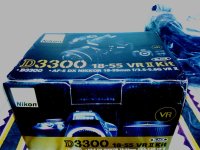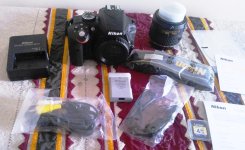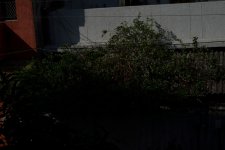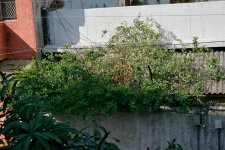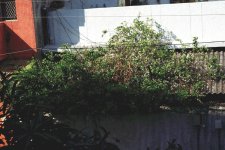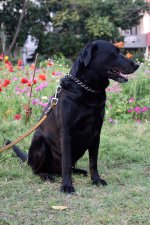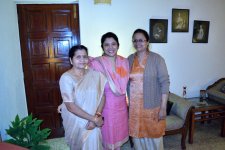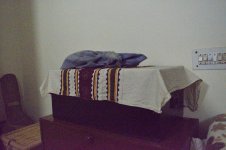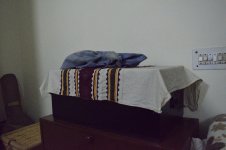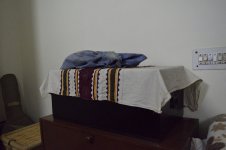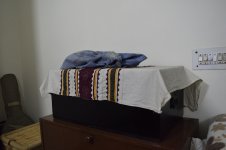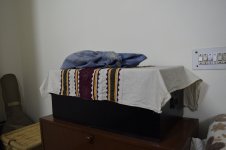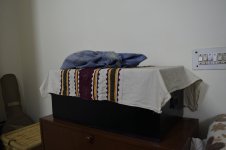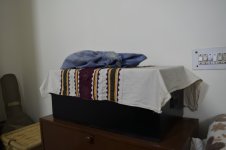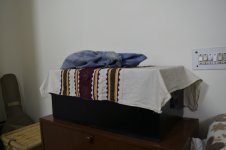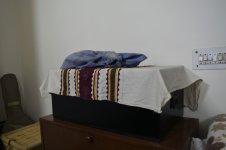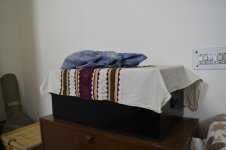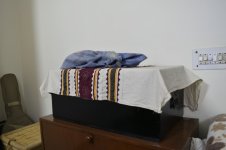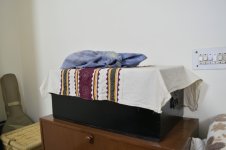I'm actually thinking of selling my d600 ( just can't wrap myself around it anymore for some reason ) and getting this camera. For all I shoot... landscape at ISO 100-400 F5.6 to 11, I think the image quality will be about the same. I had the d3200 and I was impressed with it for what it was.
With the extra money selling the FX.. I can get a higher quality DX lens kit. Its going backwards, I know... so I haven't been convinced yet
Keep the D600. Here are the reasons, especially if you are shooting landscapes.
. D600 has about 1.5EV DR more. What this means that even with the D3300 I have a 4EV leeway in the shadows and 1EV in highlights. You will get 5+ in shadows. So you meter for the brightest object and then recover deep shadows in post. This is invaluable capability for landscapes.
. FX sensor is wider, hence wides will be wide. Consider that 18mm on DX has an FOV of 28mm on FX. Think of what a 14mm will have.
. A lot of excellent AIS (manual focus) lenses are available new and dirt cheap pre-owned. 28mm F2.8 AIS is one of them. Ultimately most of the primes, at their sweet spot are faster and have less distortion compared to zooms, not to mention they are way less expensive.
. D600 has two user modes, D3300 none. You have to change setting every time the shooting scenario changes. Though not essential it is a good to have feature.
. Two SD card slots let you have redundancy, one does not.
. Flash metering is much better integrated. The D3300 does not meter with lenses which do not send the distance back.
Here in India the D3300 has touched $500/ mark, and I think the rest of the world will follow. If you can sell the kit lense for $100, the the D3300 is just $400, less than most of the lenses. So I suggest that instead of getting rid of D600, keep it and get a D3300. You can always use a second DX camera with the primary FX.
